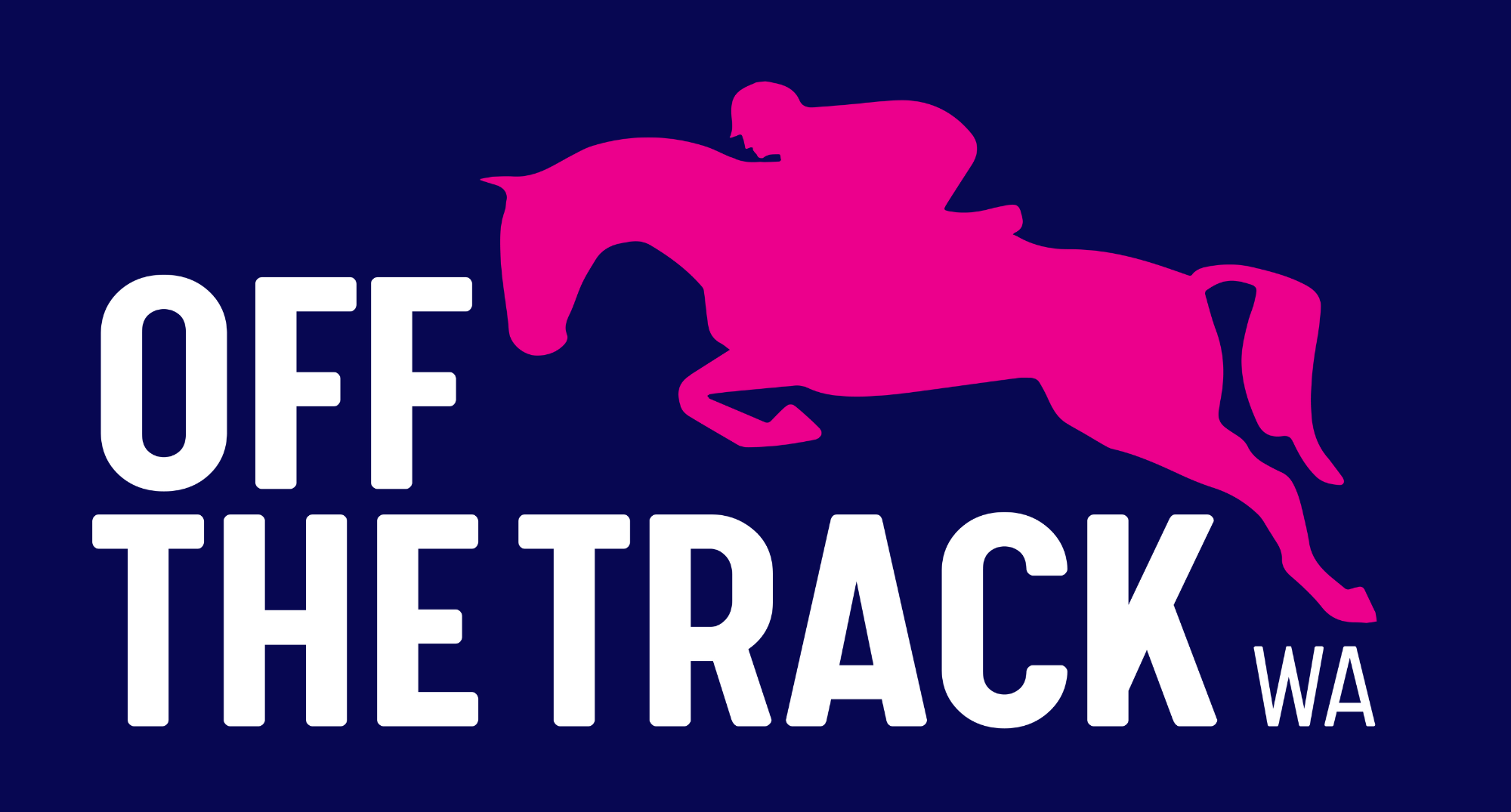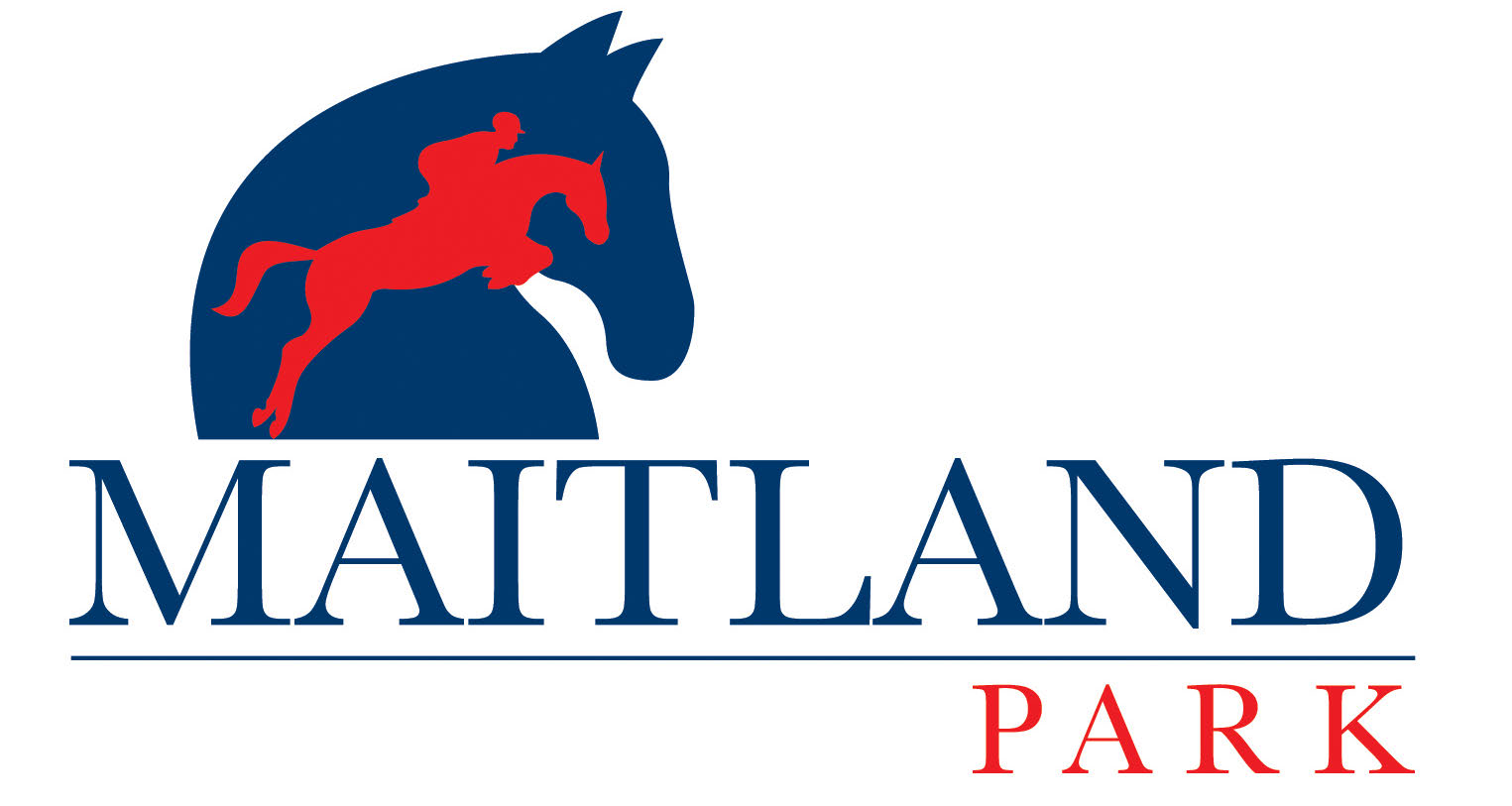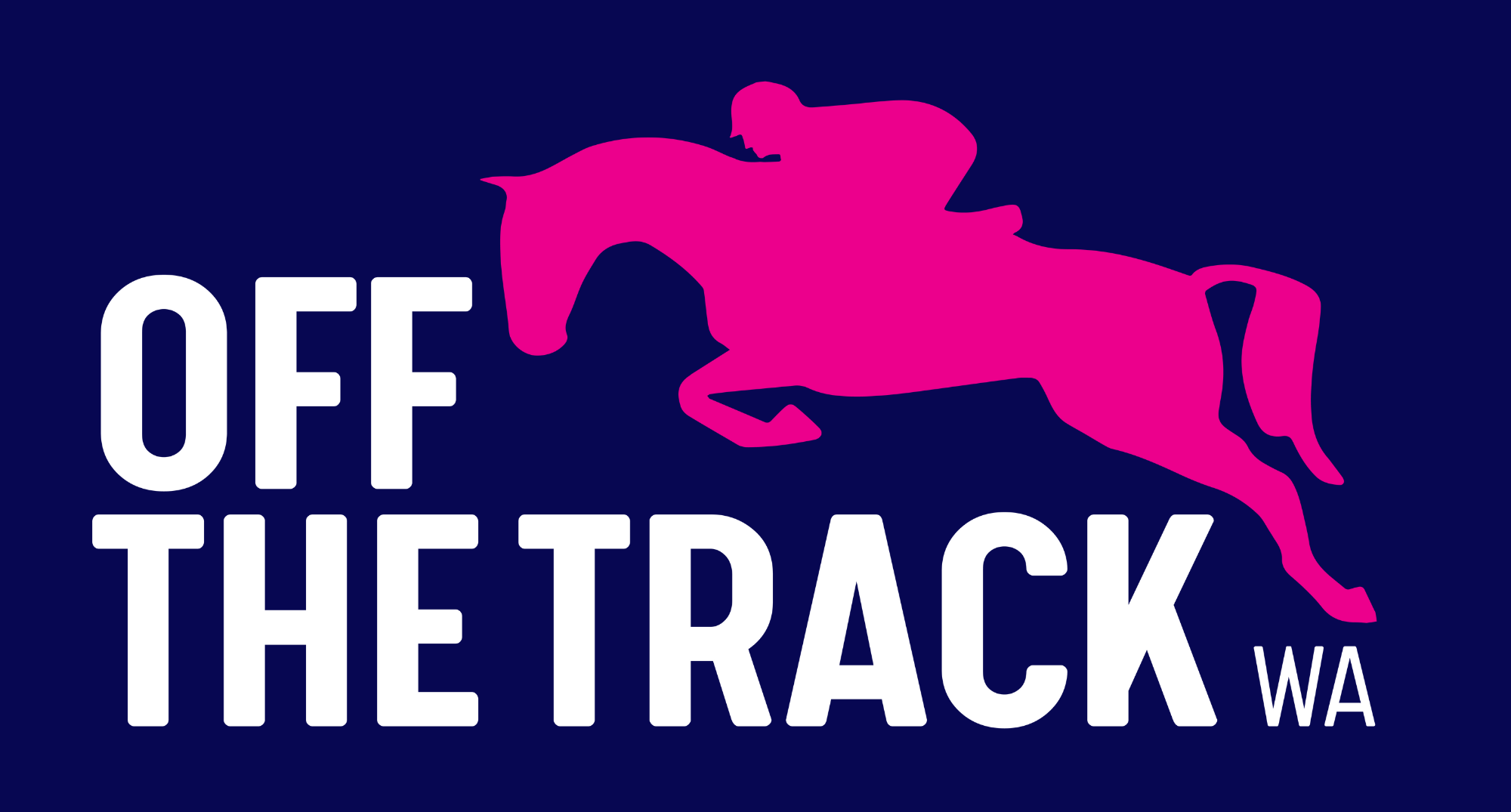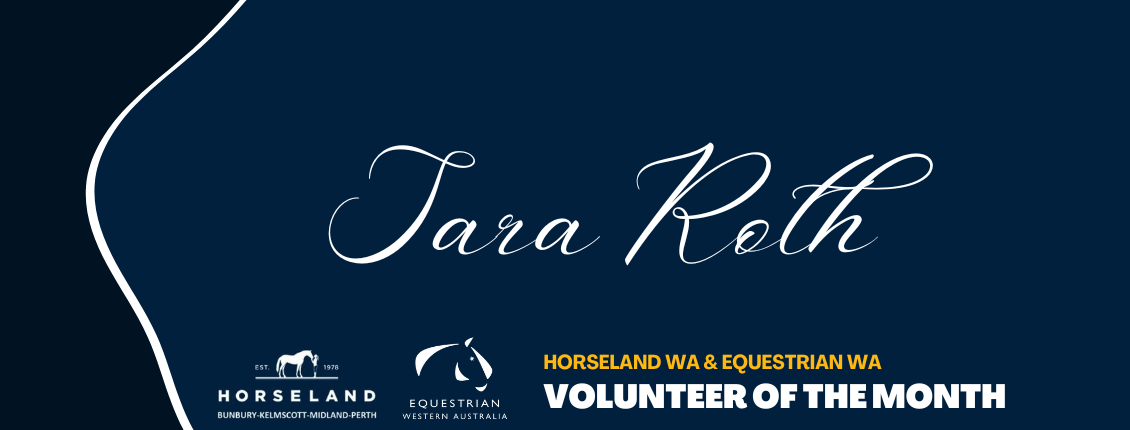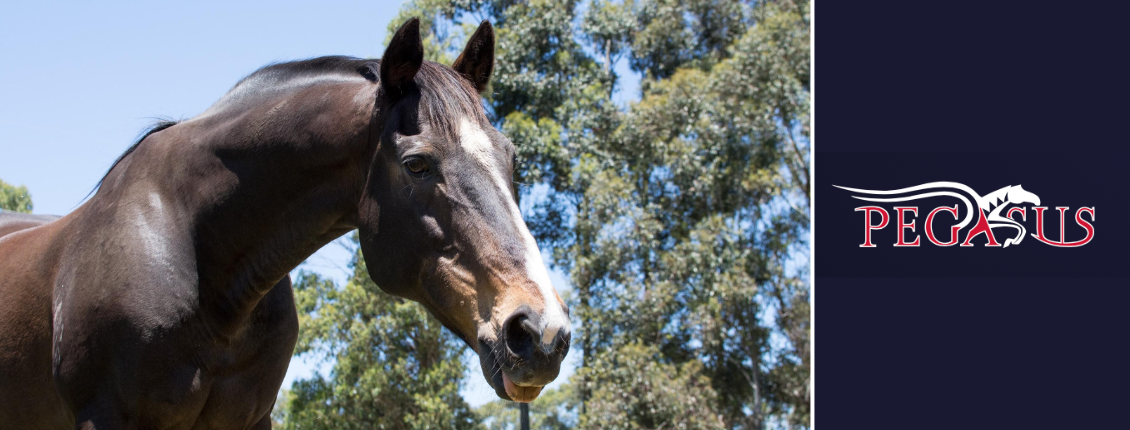
Pegasus News & Nutrition
Insulin Dysregulation in Horses
Managing horses with metabolic diseases can often be a confusing challenge for horse owners. Here we look at the causes, development and management of Insulin Dysregulation (ID).
Firstly, let’s look at the nature of the disease. Insulin dysregulation is an endocrine disorder that describes abnormal insulin metabolism. It is particularly common in horses suffering Equine Metabolic Syndrome (EMS) and obesity, and is a risk factor for the onset of laminitis. The disease clinically presents with exaggerated insulin response to carbohydrates, tissue insulin resistance, and hyperinsulinemia during fasting. There are a number of predisposing factors and multifactorial causes. From a dietary point of view, there is a strong association with starch and sugar (NSC) intake, as these substrates influence glucose and insulin behaviour. Whilst the disease is not curable, it can be effectively managed with a dietary and exercise program.
How it happens
Consumption of glucose from feed stimulates insulin secretion from the pancreas. Insulin is required to move glucose around to cells. In metabolically stable horses, this insulin response to feed is cleared normally. In the case of insulin resistance, excessive insulin is secreted and, in turn, cells become less sensitive to insulin. This reduced sensitivity to insulin results in impaired glucose uptake by cells, leading to increased fatty acids in blood. To further compound the issue, more insulin is then secreted to try to control blood glucose.

What are the causes or predisposing factors?
Obesity – there is a strong correlation between obesity and ID, in both a cause and effect role. For example, obese horses are more likely to become insulin resistant, and horses with ID are likely to become obese or display regional adiposity. A recent study found that obesity was present in 21-45% of horses in UK, 24% of horses in AUS, 51% of horses in US (Durham et al, 2019).
Diet – excessive intake of non-structural carbohydrates (NSC), changes in NSC load, and seasonal changes in pasture (eg, spring flush) are all considered predisposing factors. Starch and sugar are the components of NSC, with grain being the main source of starch, and hay and pasture being one of the main sources of sugar in the diet.
Breed/Genetics – the disease is shown to be more common in ponies and ‘easy-keeper’ breeds, such as pony breeds, warmbloods and draft horses.
Exercise – physical activity has an influence on insulin response. Sedentary horses, or horses that are not exercised, are more at risk of developing ID.
Age – insulin concentration generally becomes higher in older horses versus younger horses, and ID more commonly develops as horses age.
Risk Factors for ID:
Equine Metabolic Syndrome (EMS)
Pregnancy can induce ID – 3rd Trimester
Pain/Stress can induce ID – consider when travelling or chronic injury
Chronic NSC overload can induce ID
Can be present in horses with Pituitary Pars Intermedia Dysfunction (PPID)
Horses with ID are at risk of developing Laminitis
It is important to note that clinical signs are not always intercoupled with obesity. In some horses, the disease presents with pockets of fat, known as regional adiposity. These horses may appear in ‘normal’ body condition but have unusual fat deposits in the following areas:
Crest of neck
Shoulders/wither
Top of tail
Supraorbital fat pads (just above the eye)
Sheath
Assessing body condition score (BSC), and particularly the Cresty Neck Score (CNS) are useful field tools for diagnosing ID.
The Cresty Neck Score is a system to measure fat deposits on neck. It is particularly useful for ID, and is more predictive of insulin dysregulation than body condition score (BCS). Recent research found that ponies with a CNS > 3 had 5 times greater odds of being insulin-dysregulated (Fitzgerald et al, 2019).
How do we treat and manage this disease?
This requires a two-pronged approach with a controlled dietary management and exercise program that aims to improve insulin regulation and decrease obesity.
Dietary Management – manage NSC content in the diet
Exercise Program – exercise improves insulin response
Reduce Obesity – weight loss program
Pharmacological aids – speak with your veterinarian about possible medications.
Dietary Management
Reduce starch in diet to decrease glycemic response – <10% NSC
High fibre diet ideal, with added fat for calories if needed
If the horse is obese then reduce calories and get the weight off
Chromium can enhance action of insulin and reduce glucose response to a feed/meal (Spears et al, 2020)
Psyllium husk – can aid in reducing blood glucose and insulin concentrations (Moreaux et al, 2011)
Avoid sugary treats (including carrots)
Consider pasture (fructans) in the dietary plan. At certain times of the year pasture can be very high in fructans (sugar) and therefore restricted grazing, grazing times, and grazing muzzles may need to be considered.
Look for feeds that are high in fibre and low in grain, starch and sugar. When choosing hays, it is best to use a low-sugar variety such as grass hay or Rhodes hay. Feeds such as beet pulp and low starch pellets, such as Pegasus Liberty, are also suitable.
Exercise is key
Diet alone may not be sufficient management
The feed program needs to be combined with exercise (except when acute laminitis is present)
Exercise improves insulin response
Exercise aids in reducing obesity
Horses doing no exercise were 7.5 times more likely to experience ID (Karikoski et al, 2021)
In summary, ID is a manageable, but ongoing disease. Horse owners should be aware of predisposing factors, monitor body condition, and be aware of dietary risk factors, such as pasture and excessive NSC intake. Horses with the disease can be effectively managed with a combined diet and exercise plan, aiming for a diet containing no more than 10% NSC. Particular attention is required to reduce the risk of laminitis and the Cresty Neck Score is a useful, in-field tool that owners can use to monitor fat deposits. When formulating a feed plan, consult an equine nutrition advisor.
References:
Durham A.E., Frank N., McGowan C.M., Menzies-Gow N.J., Roelfsema, E., Vervuert, I., Feige, K., Fey, K. (2018). ECEIM consensus statement on equine metabolic syndrome. Journal of Veterinary Internal Medicine, 33, 335–349. https://doi.org/10.1111/jvim.15423
Karikoski, N.P., Box, J.R., Mykkänen, A.K., Kotiranta, V.V., Raekallio, M.R. (2021). Variation in insulin response to oral sugar test in a cohort of horses throughout the year and evaluation of risk factors for insulin dysregulation. Equine Veterinary Journal, 00, 1– 9. https://doi-org.ezproxy.csu.edu.au/10.1111/evj.13529
Fitzgerald, D.M., Anderson, S.T., Sillence, M.N., de Laat, M.A .(2019). The cresty neck score is an independent predictor of insulin dysregulation in ponies. PLoS ONE, 14(7). https://doi.org/10.1371/journal.pone.0220203
Spears, J.W., K.E. Lloyd, P. Siciliano, S. Pratt-Phillips, E.W. Goertzen, S.J. McLeod, J. Moore, K. Krafka, J. Hyda, and W. Rounds. 2020. Chromium propionate increases insulin sensitivity in horses following oral and intravenous carbohydrate administration. Journal of Animal Science 98(4),1-11. doi: 10.1093/jas/skaa095
Van Den Wollenberg. L., Vandendriessche. V., van Maanen. K., Counotte. G.H.M. (2020). Comparison of Two Diagnostic Methods to Detect Insulin Dysregulation in Horses Under Field Conditions. Journal of Equine Veterinary Science, 88, 102954-102954, https://doi.org/10.1016/j.jevs.2020
Article by Pegasus Feeds, 31.10.2022
For further Pegasus News and Nutrition articles, click here.

